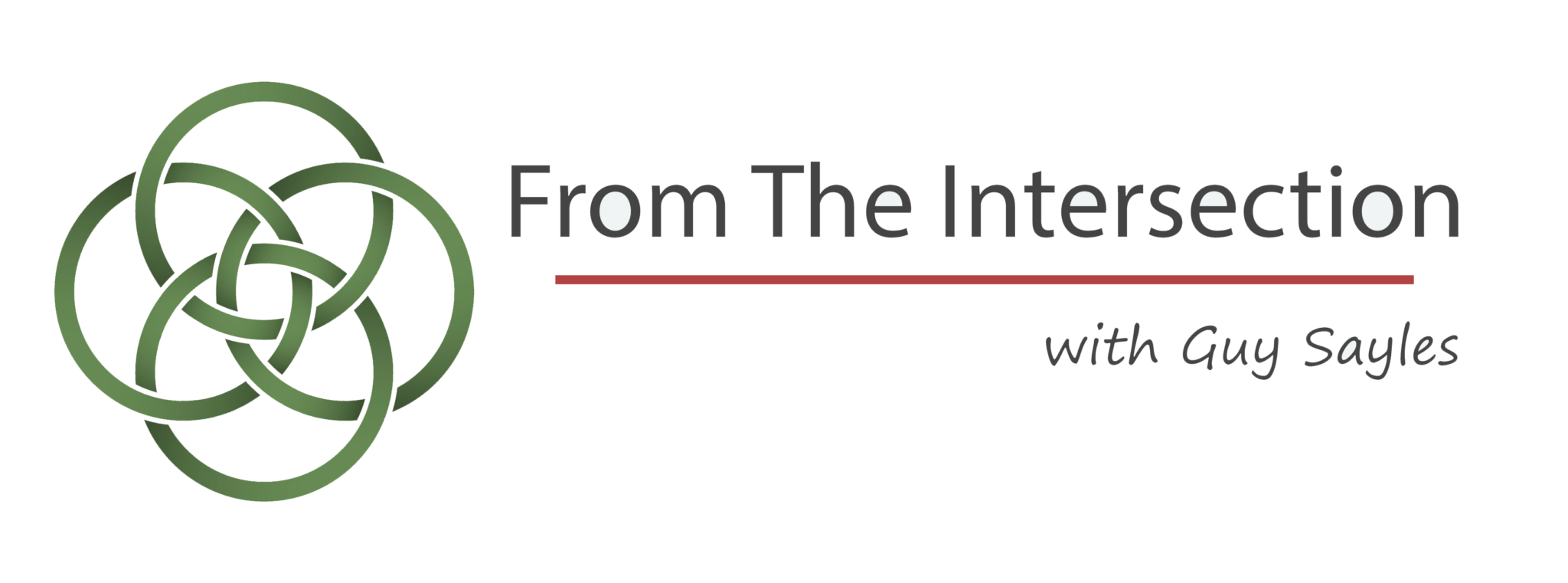One of the finest examples of what I mean by “eschatological preaching” is the address Dr. Martin Luther King, Jr., delivered from the steps of the Lincoln Memorial on August 28, 1963. That address concerned, of course, very real problems which confronted the nation in 1963, but it spoke to those problems, not from midnight but from the dawning; not from the valley, but from a mountaintop vista on another world. From there, he saw the racist south replaced by Christ’s beloved community: little black boys and little black girls joining hands with little white boys and little white girls, and a new heaven and a new earth. His sermon, of course, hinged on a dream: “I have a dream today,” he said.
Eschatological preaching traffics in dreams, visions, and imagination. It has, therefore, an essential aesthetic or poetic dimension. It imagines the beauty and goodness of God’s dominion; fashions or finds metaphors, images, symbols, and stories which give voice to what it has seen; and invites people to experience for themselves what their lives will be like in that saving order of things.
I think preaching these days should risk both boldness and breadth in these narrative descriptions. It should go cosmic, mythic, and mystical. Have you seen The Matrix, Signs, Pay it Forward, Artificial Intelligence, The Sixth Sense, and The Lord of the Rings? These movies do not lack mythical ambition; and all of them to some extent, and The Lord of the Rings to a great extent, draw on “our” central stories. I think it is time for us to tell those stories again, to allow their grandeur and mystery to speak for themselves. It is time for us to tell those tales which speak of beginnings and endings, of adventure and pilgrimage, of purpose and destiny, and to do so without our feeling the need to over-explain what they “really mean” (as if we knew).
I recognize the risks in this kind of preaching: it can overreach, claiming to know more than we in fact know about matters which have not been revealed to us. It can tempt us and our listeners to an insipid literalism which relaxes the tensive nature of the analogical imagination, tries to nail down symbols which must be, if they are to have power, partially elusive, and freezes into immobility the essential dance of metaphorical speech. I think the risks are worth taking, however, because I am deeply concerned about preaching which is earthbound, flat, pedantic, and utilitarian.
Much of the preaching I hear trades in language that the preacher has borrowed from motivational speeches delivered at a management seminar or lifted from the pages of the latest self-help bestseller. Such language is easily heard, immediately relevant, temporarily helpful, and quickly forgotten. The kind of preaching I have in mind seeks to exercise the atrophied imagination, to reawaken our capacity for wonder, and to honor our intuition that there is more to life than meets the eye and ear.
Eschatological preaching also goes local and communal. It believes that the future which is rushing toward us is already arriving; its leading edge breaks-in to the mundane, quotidian and ordinary. So eschatological preaching says, “See the kingdom of God is among you; it is within you. Let those with eyes to see, see and those with ears to hear, hear.” The eschatological preacher lingers over life in the current order of things, searching for sights and sounds of God’s alternative order. She laments the ways in which we now sin and fall short of that glorious realty and she celebrates the ways in which, by grace, we now rise, however momentarily, to the dignity that will be completely ours when we fully realize our status as citizens of the divine commonwealth. He pays particular, prayerful and loving attention to life in the Christian community, seeking to shape it as an outpost—a colony—of that commonwealth.
Eschatological preaching is, in my view, a response (surely not the only and probably not the best response) to the challenge of postmodern culture. It does not ignore either reason or subjectivity; but points to ultimate realities which embrace and transcend both thought and emotion. We do not debate dreams; we describe and declare them. We do not subject visions to logical scrutiny; we express and experience them. The debate and scrutiny come later, when the brightness of the vision has faded and the intensity of the dream has diminished. Eschatological preaching trusts that faithful dreams and visions, born out of devoted and disciplined encounters of the preacher’s imagination with God’s Word, seen and heard in Jesus, have a self-authenticating character. In a sense, the dreams and visions will speak for themselves; the Word will not return empty and void; the foolishness of this kind of preaching will be vindicated by the same Spirit who granted the dreams and inspired the visions.
I do not see a way, in the postmodern world, of making a broadly or deeply persuasive case for Christianity as more “reasonable” than other worldviews. The best arguments we can muster will serve, as they always have, to strengthen the faith of those who already have it, rather than to create faith in those who do not. In post-modernity, as in pre-modernity, faith comes by hearing, and hearing by the Word of God—or, if the speaking and hearing are aesthetically full and rich enough, by dreaming and envisioning the world which the Word creates.
In the fullest possible sense, then, eschatological preaching is counter-cultural; it counters our culture with the sights and sounds of a culture completely responsive to the will and way of God made known in Jesus Christ, an alternative culture so shining with truth, so bright with beauty, and so radiant with goodness that it illumines the mind and warms the heart—appeals to the mind’s search for reason and to the heart’s need for love.
Discover more from From The Intersection
Subscribe to get the latest posts sent to your email.


Recent Comments